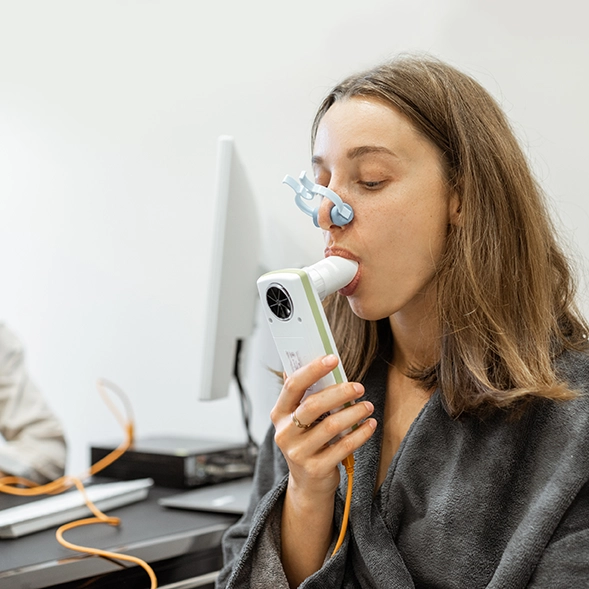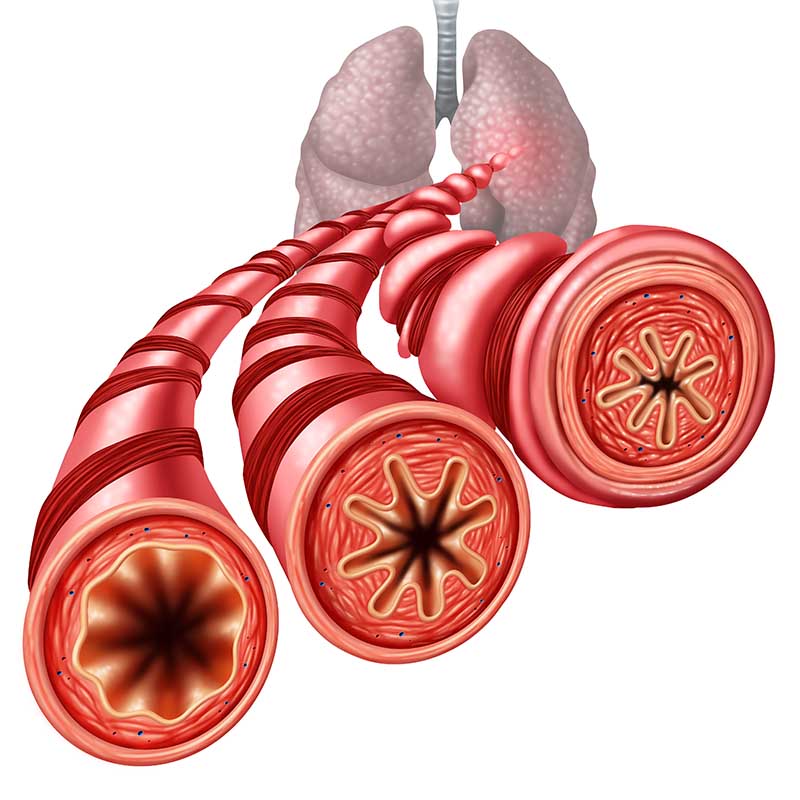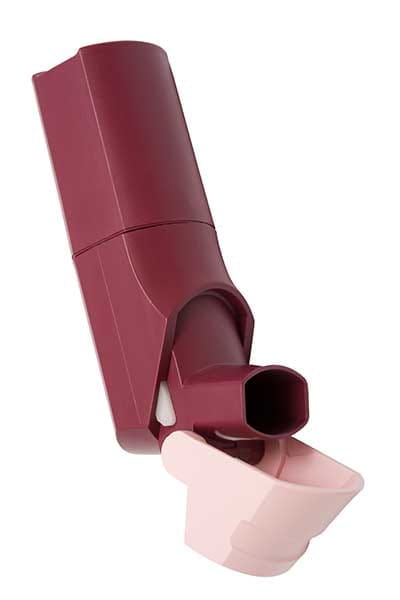ATS 2025: GINA vs ATS/ERS Bronchodilator Responsiveness Thresholds vs Alternative Routes of Diagnosis in Severe or Difficult to Control Asthma
Introduction:
Bronchodilator responsiveness (BDR) is a key diagnostic criterion for asthma. Many patients with strong clinical suspicion of asthma have negative BDR or are unable to stop inhaled medications before testing. GINA defines BDR as >12% and >200 mL increase in FEV₁ or FVC, while ATS/ERS suggests a >10% change in either.
Objective:
To compare BDR positivity rates based on GINA and ATS/ERS thresholds in patients with severe asthma on biologics and evaluate alternative diagnostic tools used when BDR is negative or not feasible.
Methods:
- Population: 108 patients with severe asthma on biologics
- BDR Testing: Completed in 95 patients
- 8 unable to withhold meds
- 1 failed testing
- 4 had no prior BDR attempt
- Other Tools Used:
- Visit-to-visit FEV₁ variability
- Home PEF variability
- Bronchial challenge test
- Specialist multidisciplinary diagnosis
Results:
|
BDR Outcome |
Count (%) |
|
Positive by GINA (>12% & 200ml) |
39/95 (41%) |
|
Positive by ATS/ERS (>10% change) |
45/95 (47%) |
|
Negative by ATS/ERS |
50/95 (53%) |
- Among 63 patients with negative or no BDR:
- FEV₁ variability >10% between visits: 40 patients (63%)
- PEF variability >10%: 35 patients (56%)
- Positive bronchial challenge test: 2 patients
- Diagnosed via specialist review: 11 patients
- PEF Variability:
- Assessed more frequently in patients with negative BDR
- Present in 38% of BDR-positive patients
Conclusion:
BDR positivity was observed in fewer than half of patients, regardless of the threshold used. This underscores its limited sensitivity in diagnosing severe asthma. PEF variability was a common and valuable diagnostic tool, often used when BDR was negative or unfeasible. PEF is cost-effective, widely accessible, and should be considered in asthma diagnosis, especially in low-resource settings.
Am J Respir Crit Care Med 2025; 211: A3072
American Thoracic Society 2025 International Conference, May 18-21, San Francisco




